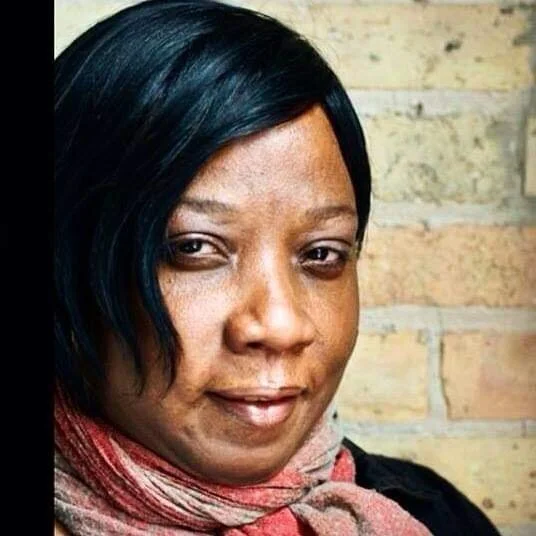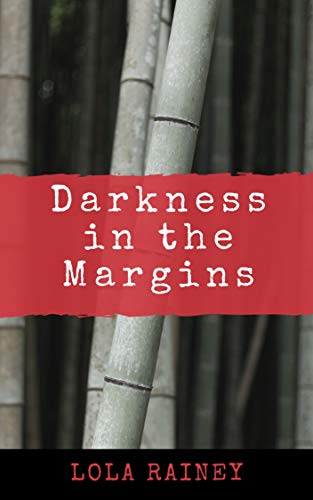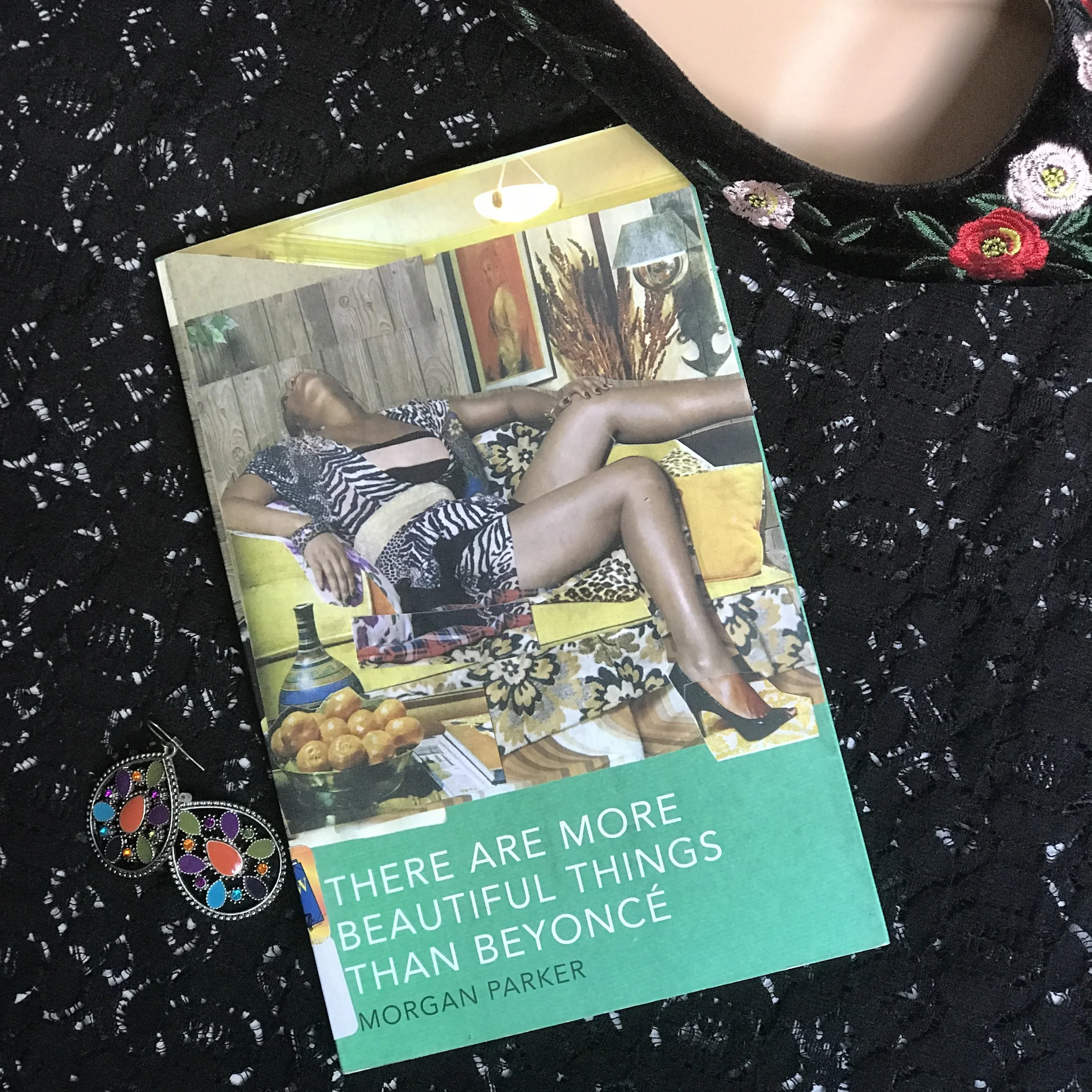Darkness in the Margins by Lola Rainey
Darkness in the Margins is storyteller magic, and Lola Rainey’s powerful command of voice makes her a literary conjure woman. Rainey’s poetry and prose make darkness visible and silence speak. She lures readers out of their own skin to settle into another’s, and her poems, like spells, break the rules of space and time as Rainey effortlessly weaves a narrative between past and present.
Rainey prefaces Darkness in the Margins with a recounting of a racially traumatic experience in white-dominated academic and professional spaces that the author had suppressed only to have it unexpectedly emerge in a highly public fashion. This anecdote contextualizes how the rest of her book unfolds. Rainey’s poetry opens a door and invites you in (all the way in), not to escape reality, but to examine its darkness pushed deep down, buried and silent, specifically the reality of those at society’s margins—black girls and women.
“I awake from a dream to a dream”
Darkness places Rainey in a lineage of black women writers who overcome trauma and oppression to reclaim their once-silent voices to tell their stories in a language uniquely their own. Audre Lorde immediately comes to mind for comparison especially in Rainey’s opening poem “Swallow the Silence.” The poetic narrative is shared like a traumatic memory full of gaps in space and time, told with disorienting effect as readers are immersed in the experiences of a little girl who tries to make sense of the inexplicable violence and pain that exists in her family. This poem, a perfect selection to introduce the work, employs traumatic discourse, with irregular spaces and gaps between phrases that creates visual and aural chasms between words, heavy with pain. Throughout her collection of poetry, short phrases and fragments disrupt and break apart, falter and halt, creating textures, breath, gasps, and rhythm of the speaker, whether a black girl emotionally estranged from and psychologically terrorized by the dysfunction in her family or a woman hungry for connection and conscripted to the role of predator or prey.
Though several poems in the collection focus on physical and emotional violence against black girls and women, not all women who are victimized remain victims in Darkness. Some women obtain subjectivity by taking what they please. Rainey appears to borrow elements of the late Toni Morrison’s Sula with several female characters who “like to take things that make them sparkle”—whether a steely marble or the physical pleasure of another’s spouse. Rainey gives voice to “the other woman,” who behaves outside the acceptable parameters of the black community. Women who deeply desire a sense of belonging to it without quite understanding how also have the floor. Victims may even become avengers as in the series of narrative poems Rainey calls the “Black Rage Trilogy,” a call and response to some of the great works of African American literature.
Other fascinating themes include the transience of existence or reincarnation in poems like “Once I Was a Gazelle” which speaks to the terror all women carry with them out alone at night in America’s infamous culture of rape and “Zygote” which questions life and death in utero.
As interesting and engaging as Rainey’s work is, it, unfortunately, suffers from some glaring errors. A couple of poems seem to have minor, unintentional misspellings or small inconsistencies that detract from their effect. Though Rainey’s juju is less potent in these poems, the power of the collection overall is unabated. Darkness in the Margins is worth a read, and this reader looks forward to what Rainey conjures next.
Did you "like" this post? Don't forget to comment below and share with others!
About the Author
Takisha Jacobs is a writer, editor, educator, and bibliophile who began writing professionally at age 17. She holds a Bachelor’s degree in English and Journalism, and a Master’s Degree in the Humanities with a concentration in African American literature. Based in Austin, she’s also the proud mother of an adorable, book-loving toddler, and the wife of a web developer.








